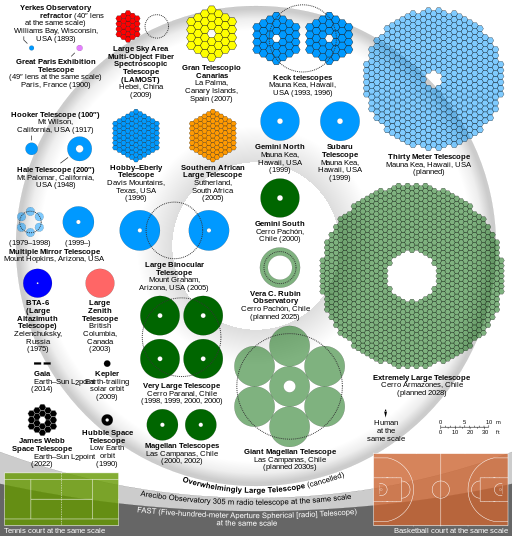Hi,
today I am going to write about one of the problems that I had to solve for a physics seminar. The submissions for this series are already closed and you can look up the solutions so I know that I answered correctly to this very interesting problem.
Imagine you have two types of particles, A and B. They are radioactive, meaning they keep falling apart but in a very peculiar way, A decays into B and B decays into A. This doesn’t happen in a real world because the particles decay into something smaller, they break up, but this is a hypothetical scenario very simplified, we do not care about what is happening on the inside. The question is, what is the ratio of the particles at any point in time?
Since the answer itself and the calculation are not trivial I will mainly try to make some facts about this problem obvious and then show the answer.
There is one part that I didn’t mention in the setup. Radioactive particles do decay but there is a very important value that characterizes how fast. It is either T (half-life) which tells you in what time will half of particles decay (if there is enough of them it will give the right results) or in other words when the time T passes one particle has 50% chance to decay. It seems that also decay constant, which I like better, is used which is basically half-life except the larger the value is, the faster the particles will decay.
The problematic part of this exercise is that when part of the A particles decay they will increase the pile of B particles which means that more particles will decay into A and so on, this is a cycle. To get to an important point it is good to try some simple case of such decay.
Let’s say we have 200 of A particles and 100 of B and half of both will decay in 1 hour. In 1 hour:
A=200-100+50=150
B=100-50+100=150
Next hour:
A=150-75+75=150
B=150-75+75=150
It is obvious that from now on the amount won’t change. This little experiment revealed something obvious, there, first of all, no particles get lost, there is always the same amount present: A+B=constant and with a bit more experimenting it would become more apparent that there is an equilibrium between A and B meaning there is always some amount of A that when it decays it will equalize the amount that decayed from B, this equilibrium will shift depending on the length of half-life or the decay constant. From these thought experiments that reveal the behavior of this problem, we need to use some math that I will not get into here to get the result that you can try to play around with in Desmos.
Dragallur


 But this is not the limit, you can go much slower but it requires whole different technique. With 1 trillion FPS you can actually see light traveling through medium, it looks pretty impressive but how can it be done?
But this is not the limit, you can go much slower but it requires whole different technique. With 1 trillion FPS you can actually see light traveling through medium, it looks pretty impressive but how can it be done?
 Red Bull Stratos was a project involving helium filled balloon and a capsule with human (Felix Baumgartner). In the year 2012 it raised up to almost 40 kilometers and then the skydiver jumped down. He reached supersonic speeds (faster than sound: 1234 km/h).
Red Bull Stratos was a project involving helium filled balloon and a capsule with human (Felix Baumgartner). In the year 2012 it raised up to almost 40 kilometers and then the skydiver jumped down. He reached supersonic speeds (faster than sound: 1234 km/h).




